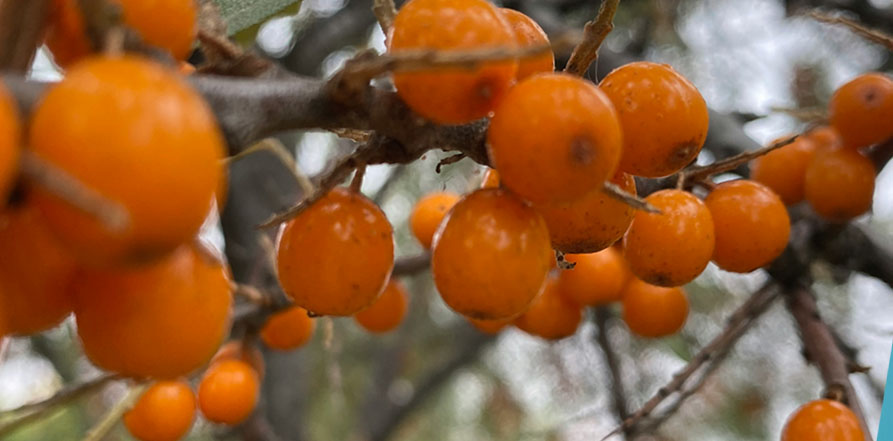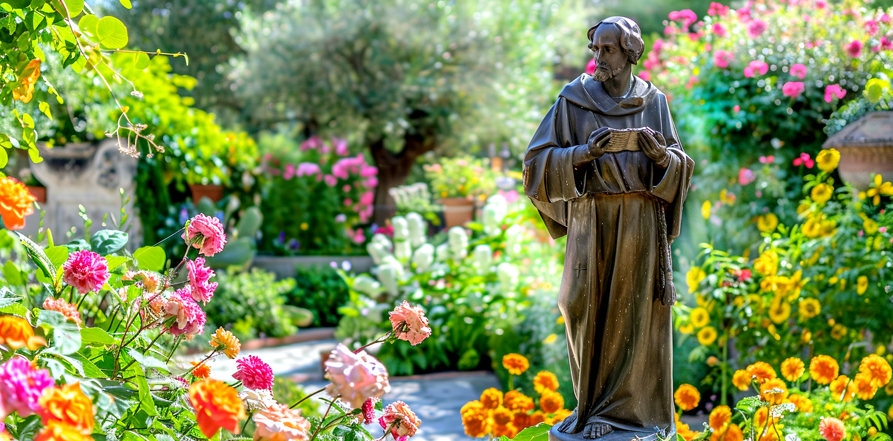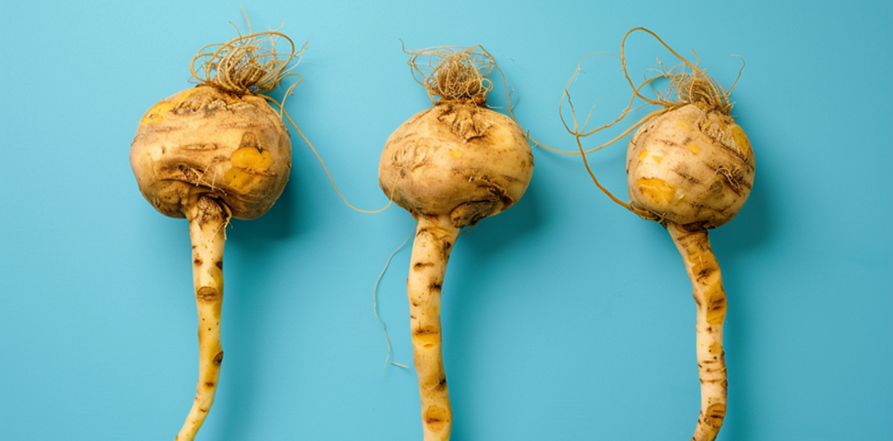by Donnie Yance
In our hyper-connected yet somehow disconnected modern world, many of us find ourselves longing for something deeper—a sense of wholeness that transcends the fragmentation of daily life. We seek not just physical health, but a harmonious existence that nourishes body, mind, and spirit equally. This integration isn’t just a luxury; it’s increasingly becoming essential for navigating our complex lives with grace and purpose.
The Forgotten Wisdom of Wholeness
Ancient healing traditions from around the world share a common understanding: true wellness emerges when we honor the interconnectedness of our physical, emotional, and spiritual dimensions. From Traditional Chinese Medicine’s concept of qi balance to Franciscan spirituality’s reverence for natural harmony, these wisdom traditions remind us that fragmentation leads to suffering, while integration leads to flourishing.
The Latin root of the word “health” is salvus, which is also the root of “salvation”—suggesting that true healing involves both physical restoration and spiritual wholeness. Similarly, the words “health,” “whole,” and “holy” share linguistic origins, pointing to an ancient understanding that true wellness encompasses far more than the mere absence of disease.
Continue reading “The Art of Living: Finding Balance in a Fragmented World”






